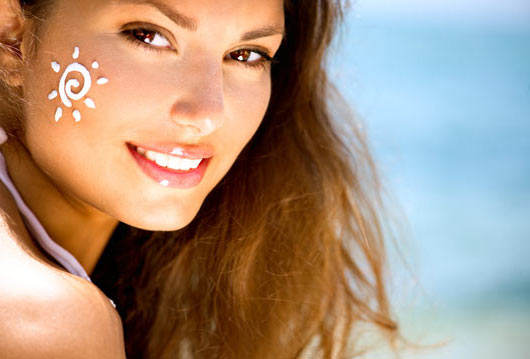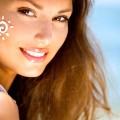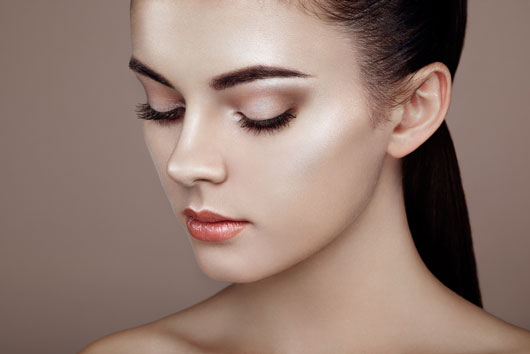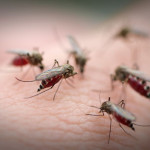
While we constantly hear about the dangers of too much sun exposure, a certain dose of sun has very definite health benefits. As Helen Keller once said, “Keep your face to the sun and you will never see the shadows.” The benefits of sun exposure are great, as are the risks of unprotected exposure. The Sun’s ultaviolet (UV) radiation is the primary cause of skin cancer. There are three types of UV radiation UVA, UVB and UVC. However, most UVC radiation does not reach the Earth’s surface. Excessive exposure to UVA radiation causes premature aging of skin, while excessive exposure to UVB radiation is the primary cause of most cases of skin cancer.
The very best way to protect yourself from excessive exposure to UV radiation is through use of sunscreen. Recently, several environmental organizations, led by the Environmental Working Group (EWG), have raised concerns regarding the potential adverse impacts to human health and the environment of certain chemicals contained in sunscreens and other cosmetic products. But, the fact is, sunscreen remains the best protection against excessive sun exposure and skin cancer.
Alas, there are many sunscreen myths and misconceptions that may keep some people from using it properly. So, here are some facts about sunscreen, and 20 lies about sunscreen to dispel right now.
1. Sunscreen blocks Vitamin D.
Solar UVB radiation is only one source of Vitamin D. It can also be obtained through following a proper diet regimen and by taking Vitamin D supplements. The Skin Cancer Foundation recommends that you intake 1,000 milligrams of Vitamin D daily, in the form of healthy food and supplements.












